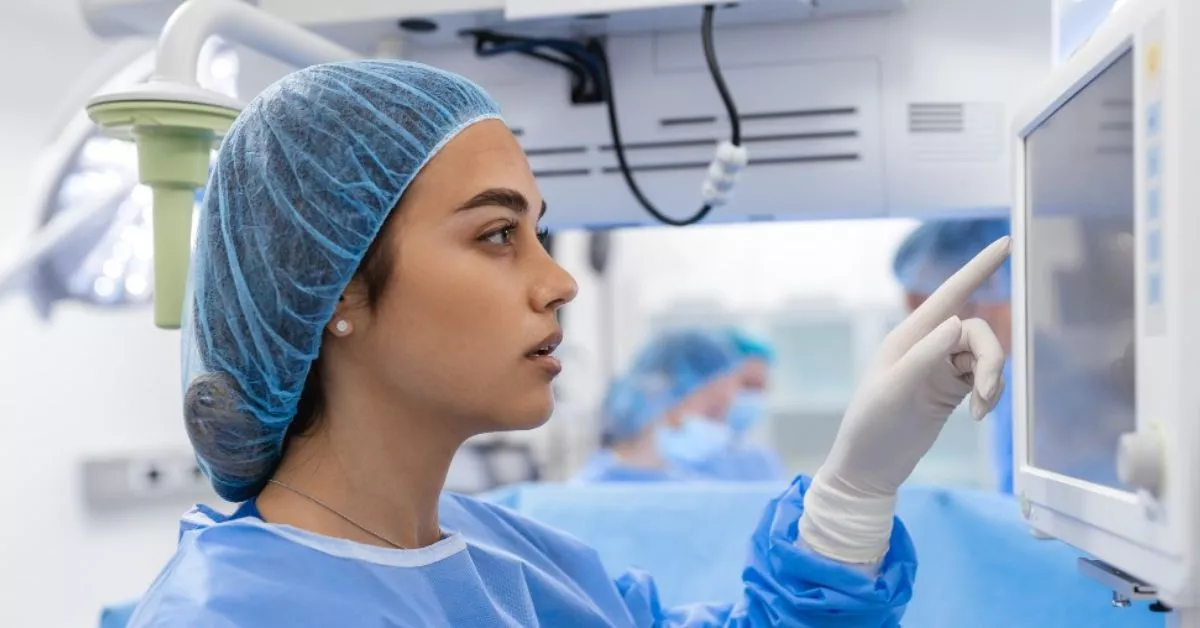In the ever-evolving landscape of healthcare, the central role of nurses in providing patient-centered care cannot be overstated. As the frontline workers who spend the most time with patients, nurses are pivotal in ensuring that care is not only effective but also empathetic and tailored to individual patient needs.
With the advent of new technologies, there is a growing opportunity to support nurses in this critical mission, making healthcare more efficient, personalized, and human-centric. This exploration delves into how technology can be harnessed to bolster nurses in offering exceptional patient-centered care.
Bridging the Gap with Technology
Technology, when thoughtfully integrated into healthcare practices, can bridge the gap between clinical efficiency and personalized care, offering tools that enhance the nursing practice in numerous ways.
Electronic Health Records (EHRs)
EHRs have transformed how patient information is stored, accessed, and used across the healthcare continuum. For nurses, EHRs provide immediate access to comprehensive patient data, from medical history to lab results and medication lists, facilitating informed decision-making and timely interventions.
Additionally, EHRs can streamline documentation, allowing nurses to spend more time on direct patient care rather than administrative tasks.
Telehealth and Remote Monitoring
Telehealth platforms and remote patient monitoring tools extend the reach of patient-centered care beyond the hospital walls, particularly benefiting those in remote or underserved areas. Nurses can use these technologies to conduct virtual consultations, monitor patients’ health status in real-time, and provide education and support, ensuring continuous and personalized care.

Decision Support Systems
Clinical decision support systems (CDSS) offer evidence-based recommendations and alerts to assist nurses in making informed care decisions. By integrating patient data with the latest clinical guidelines, CDSS can help identify potential issues before they escalate, promote adherence to best practices, and ensure that care plans are tailored to the unique needs of each patient.
Wearable Technologies and IoT
Wearable devices and the Internet of Things (IoT) offer innovative ways to monitor patients’ health and well-being continuously. From fitness trackers to smart health monitors, these technologies can provide nurses with vital signs and health metrics in real-time, facilitating early detection of potential health issues and enabling proactive, personalized care interventions.
Artificial Intelligence and Machine Learning
AI and machine learning algorithms are increasingly being used to analyze vast amounts of healthcare data, offering insights that can inform patient care. For nurses, AI-driven tools can help identify patterns in patient data that might indicate emerging health issues, suggest personalized care plans, and even predict patient outcomes, enabling more targeted and effective interventions.
Overcoming Challenges
While the potential of technology to support nurses in providing patient-centered care is immense, several challenges need to be addressed:
- Training and Adaptation: Ensuring that nurses are adequately trained and comfortable with new technologies is crucial for their successful adoption.
- Interoperability: Technologies must be interoperable across different systems and platforms to ensure seamless care coordination.
- Data Privacy and Security: Protecting patient data is paramount; technologies must adhere to strict privacy and security standards.
- Human Touch: Technology should augment, not replace, the human element of nursing. Balancing technological efficiency with empathy and human interaction is essential.

Conclusion
As healthcare continues to evolve, technology stands as a powerful ally in enhancing the delivery of patient-centered care. By supporting nurses with tools and systems that streamline administrative tasks, offer real-time insights, and facilitate personalized interventions, technology can significantly enhance the quality and effectiveness of care.
However, the successful integration of technology into nursing practice requires careful consideration of training, interoperability, privacy, and the preservation of the human touch that lies at the heart of nursing.
Embracing these technological advancements, while navigating their challenges, can empower nurses to provide care that is not only clinically excellent but also deeply compassionate and patient-centered.
